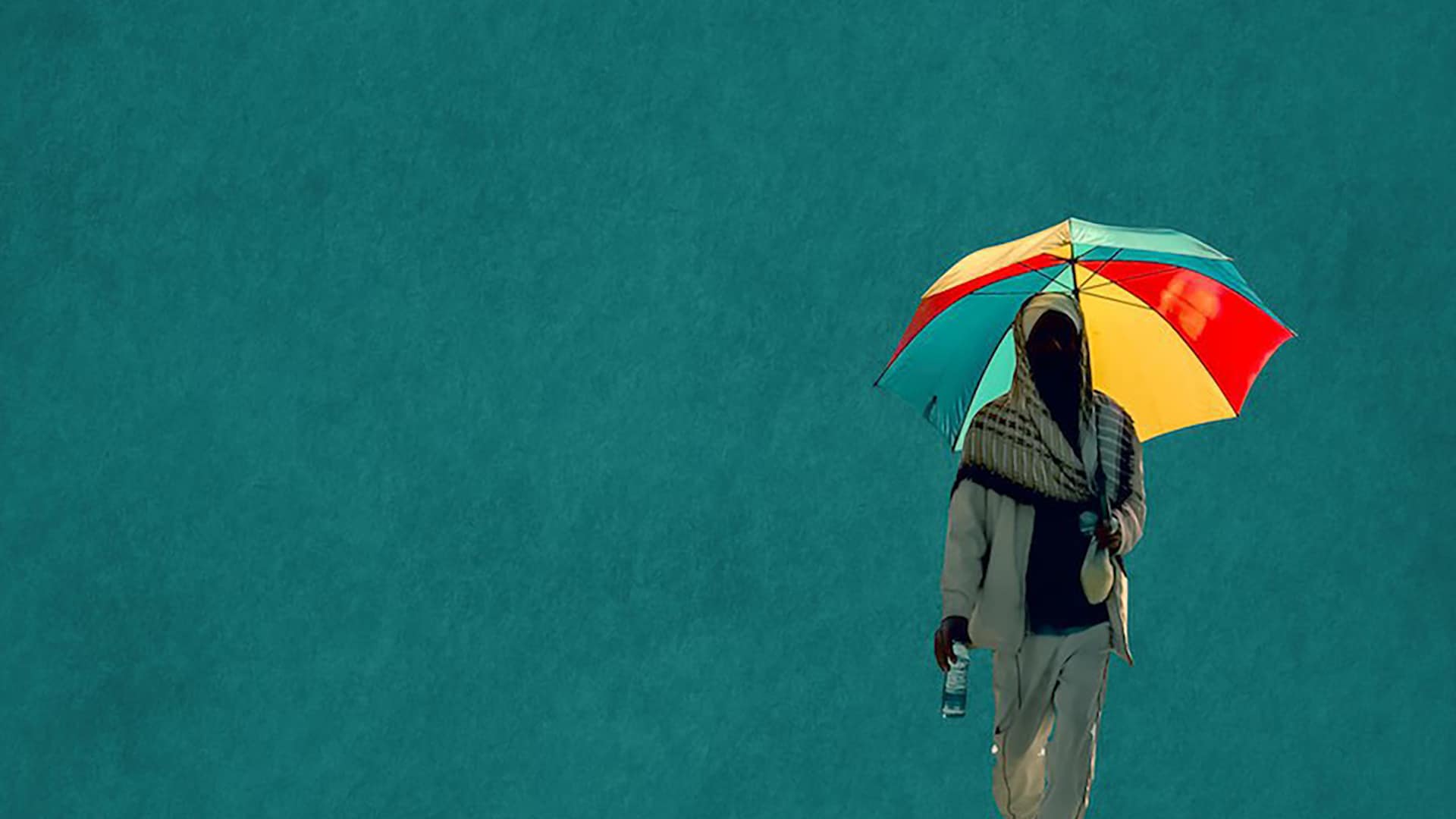Ethiopia’s enormous capital, Addis Ababa, is currently undergoing unprecedented urban change. In the wake of gargantuan modernization work, a new generation of photographers is jumping energetically on this evolving subject: the city and its people.

You’re getting blind.
Don’t miss the best of visual arts. Subscribe for $9 per month or $108 $90 per year.
Already suscribed ?

